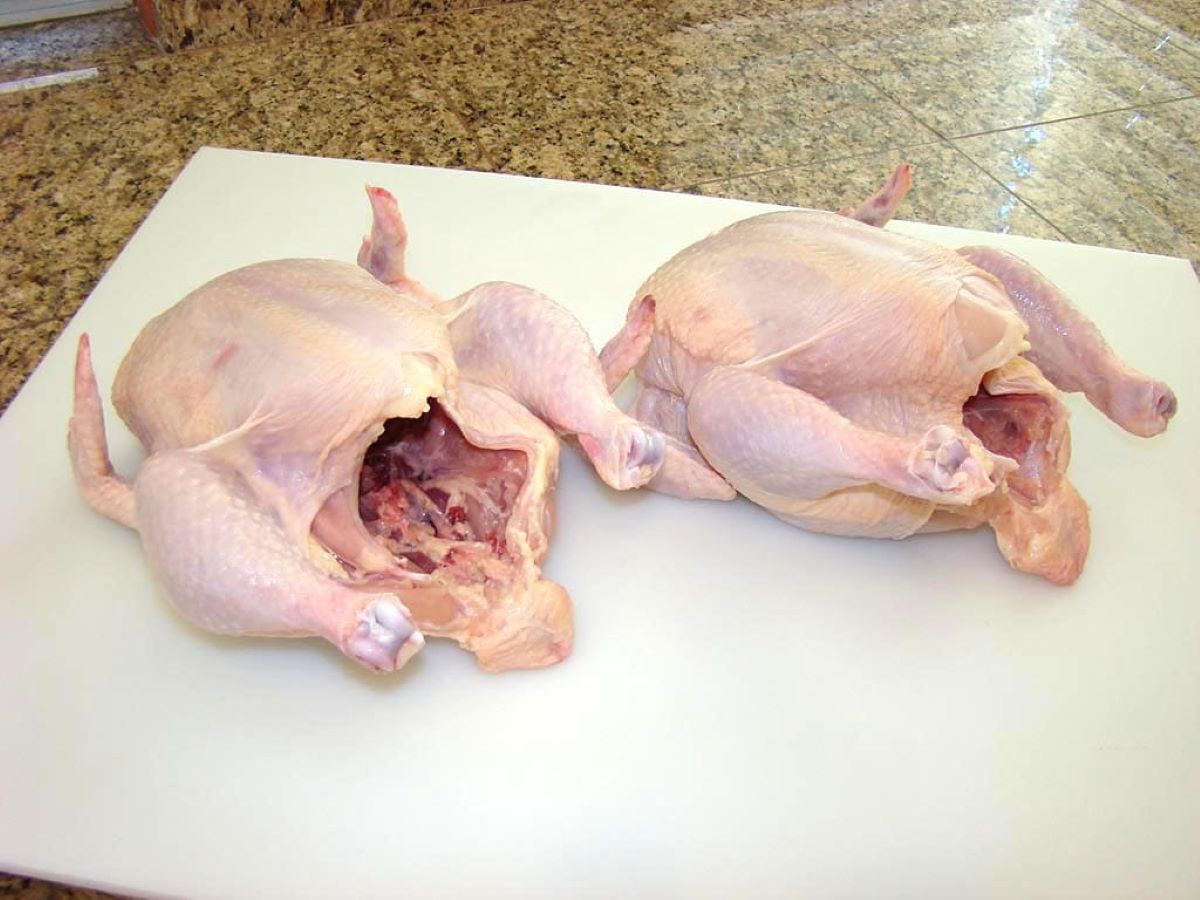

Articles
How To Store Open Chicken
Modified: December 7, 2023
Learn the best techniques for storing open chicken with our informative articles. Keep your cooked chicken fresh and safe for later use.
(Many of the links in this article redirect to a specific reviewed product. Your purchase of these products through affiliate links helps to generate commission for Storables.com, at no extra cost. Learn more)
Introduction
When it comes to cooking chicken, it’s not uncommon to have leftover portions that need to be stored properly for future use. However, storing open chicken can be tricky, as improper storage techniques can lead to spoilage and the risk of foodborne illnesses. In this article, we will explore the best practices for storing open chicken to ensure its freshness and safety for consumption.
Proper storage techniques for open chicken involve refrigeration, freezing, and the use of airtight containers or plastic wrap. By following these guidelines, you can extend the shelf life of your open chicken while preserving its quality and taste.
So, let’s dive into the details and learn how to store open chicken effectively!
Key Takeaways:
- Properly storing open chicken is crucial for maintaining freshness and preventing foodborne illnesses. Follow refrigeration, freezing, and airtight container techniques to extend shelf life and ensure safe consumption.
- When handling open chicken, prioritize proper hygiene, thorough cooking, and adherence to recommended storage timeframes. By following safe consumption tips, you can enjoy leftover chicken without compromising taste or risking your health.
Read more: How To Store Chicken Breast After Opening
Proper Storage Techniques for Open Chicken
When it comes to storing open chicken, it’s important to follow a few key techniques to maintain its freshness and prevent the growth of harmful bacteria. Here are some effective methods for storing open chicken:
- Refrigerating Open Chicken: The refrigerator is the most common and convenient storage option for open chicken. To properly refrigerate open chicken, place it in an airtight container or wrap it tightly in plastic wrap. Make sure to store it on a bottom shelf to prevent any potential cross-contamination with other foods. The ideal temperature for chicken storage in the fridge is between 32°F (0°C) and 40°F (4°C).
- Freezing Open Chicken: If you don’t plan to consume the open chicken within a few days, freezing is the way to go. Freezing can significantly extend the shelf life of chicken. Before freezing, ensure that the chicken is properly wrapped in plastic wrap or stored in an airtight container to prevent freezer burn and maintain its flavor. When thawing frozen chicken, do so in the refrigerator to avoid the growth of bacteria.
- Using Airtight Containers for Open Chicken: Airtight containers are an excellent option for storing open chicken as they help maintain its freshness while preventing any odor or flavor contamination. Choose containers that are specifically designed for food storage and ensure they have a tight seal to keep the chicken protected from air and moisture.
- Using Plastic Wrap or Ziplock Bags for Open Chicken: If you don’t have airtight containers, you can use plastic wrap or ziplock bags to store open chicken. Wrap the chicken tightly with plastic wrap, ensuring there are no air gaps. Alternatively, place the chicken in a ziplock bag and press out as much air as possible before sealing. These methods provide a barrier against moisture and help retain the chicken’s quality.
- Labeling and Dating Open Chicken Packages: To keep track of the freshness of your open chicken, it’s essential to label and date the storage containers or packages. This practice helps you identify the chicken’s age and ensures that you consume it within a safe timeframe. Use a permanent marker or adhesive labels to mark the storage dates.
By following these proper storage techniques, you can ensure that your open chicken remains fresh, safe to consume, and free from bacterial contamination. Now that we’ve covered the storage methods, let’s look at some additional tips for safely consuming open chicken.
Refrigerating Open Chicken
Refrigerating open chicken is the most common method for short-term storage. By keeping the chicken at a low temperature, you can slow down bacterial growth, maintaining its quality and safety for a few days. Follow these steps to refrigerate open chicken properly:
- Package the Chicken Properly: Place the open chicken in an airtight container or wrap it tightly in plastic wrap to prevent any exposure to air. This prevents the chicken from drying out and helps retain its juiciness.
- Store it on the Bottom Shelf: To avoid cross-contamination, place your chicken on the bottom shelf of the refrigerator. This ensures that any juices from the chicken do not drip onto other foods, reducing the risk of bacterial contamination.
- Keep it at the Right Temperature: The ideal temperature for storing open chicken in the refrigerator is between 32°F (0°C) and 40°F (4°C). Use a refrigerator thermometer to monitor the temperature and make adjustments if necessary.
- Use Within a Few Days: While properly refrigerated open chicken can stay fresh for a few days, it’s best to consume it within 2-3 days for optimal taste and quality. Beyond this timeframe, the chicken may start to lose its flavor and texture.
Remember, when handling refrigerated open chicken, always practice good hygiene. Wash your hands thoroughly before and after handling raw chicken, and ensure that any surfaces or utensils that come into contact with the chicken are properly cleaned and sanitized to prevent cross-contamination.
Now that we’ve covered proper refrigeration techniques, let’s move on to freezing open chicken for longer storage.
Freezing Open Chicken
If you have leftover open chicken that you won’t be using within a few days, freezing is an excellent option to extend its shelf life. Freezing open chicken helps preserve its quality and taste for a longer duration. Follow these steps to freeze open chicken properly:
- Wrap the Chicken Securely: Before freezing, ensure that the open chicken is wrapped tightly in plastic wrap or stored in an airtight container. This prevents freezer burn and helps maintain the chicken’s flavor and juiciness.
- Divide into Portions: If you have a large amount of open chicken, consider dividing it into smaller portions before freezing. This way, you can thaw only what you need, reducing waste and ensuring each portion is used efficiently.
- Label and Date the Packages: To keep track of the storage time, label the packages with the date of freezing. This will help you determine the chicken’s freshness and ensure you use it within a safe timeframe.
- Store in the Freezer: Place the wrapped chicken portions in the coldest part of the freezer, such as the back or bottom shelf. Make sure there is no overcrowding, as proper air circulation is important for maintaining the chicken’s quality.
- Thaw Properly: When you’re ready to use the frozen chicken, thaw it safely in the refrigerator. Allow sufficient time for the chicken to thaw completely, which typically takes 24 to 48 hours. Avoid thawing chicken at room temperature, as it can promote bacterial growth.
It’s worth noting that while freezing open chicken helps preserve its quality, there may be slight changes in texture after thawing. However, the chicken will still be safe to consume and can be used in various cooked dishes such as casseroles, soups, or stir-fries.
By following these steps, you can confidently freeze open chicken and enjoy it at a later time, minimizing food waste and maximizing its usage. Next, we’ll explore another option for storing open chicken – using airtight containers.
Using Airtight Containers for Open Chicken
Using airtight containers is a convenient and effective method for storing open chicken. These containers help maintain the chicken’s freshness, prevent odors from seeping in, and minimize the risk of bacterial contamination. Here’s how you can use airtight containers to store open chicken:
- Select the Right Container: Choose a food-grade, airtight container that is specifically designed for storing perishable items. Look for containers with secure locking lids or silicone seals to ensure an airtight and leak-proof seal.
- Prepare the Chicken for Storage: Cut the open chicken into smaller portions or leave it whole, depending on your preference and the size of the container. Make sure the chicken is cooked fully before storing it in an airtight container.
- Place the Chicken in the Container: Arrange the chicken pieces or whole chicken in the container, leaving some space at the top for expansion. If there are any juices, pour them over the chicken to help retain moisture.
- Secure the Lid: Ensure the lid is tightly secured on the container to create an airtight seal. Double-check that all edges are properly aligned and locked to prevent any air from entering or escaping the container.
- Store in the Refrigerator: Place the airtight container with the chicken in the refrigerator on a bottom shelf to avoid any potential cross-contamination with other foods. Keep the refrigerator temperature between 32°F (0°C) and 40°F (4°C) to maintain the chicken’s freshness.
Airtight containers offer the advantage of being reusable and stackable, making them suitable for organizing your fridge and maximizing space. They also help protect the chicken from absorbing other food odors, ensuring its taste remains intact.
Remember to consume the chicken within a few days to enjoy its optimal flavor and quality. Now that you know about using airtight containers, let’s move on to another storage option – using plastic wrap or ziplock bags.
Store open chicken in the refrigerator at 40°F or below. Place it in an airtight container or resealable bag to prevent cross-contamination and spoilage. Use within 3-4 days for best quality.
Read more: How To Store Chicken Broth After Opening
Using Plastic Wrap or Ziplock Bags for Open Chicken
If you don’t have airtight containers on hand, plastic wrap or ziplock bags can be excellent alternatives for storing open chicken. These options provide a barrier against air and moisture, helping to keep the chicken fresh. Here’s how you can use plastic wrap or ziplock bags for storing open chicken:
- Wrap the Chicken with Plastic Wrap: Place the open chicken on a piece of plastic wrap and wrap it tightly, ensuring there are no air gaps. Cover the chicken completely, making sure no parts are exposed. Repeat this process for each piece of open chicken.
- Seal with Ziplock Bags: If you prefer storing the chicken in ziplock bags, place the plastic-wrapped chicken inside the bag. Press out as much air as possible before sealing the bag securely. Double-bagging can provide extra protection against freezer burn.
- Label the Packages: Clearly label the packages with the date of storage using a permanent marker. This will help you keep track of the chicken’s freshness and ensure you use it within a safe timeframe.
- Store in the Refrigerator or Freezer: For short-term storage, place the wrapped chicken in the refrigerator on a bottom shelf. If you’re planning to store it for a longer period, transfer the wrapped chicken to the freezer, ensuring it is stored in the coldest part of the freezer.
- Thawing and Using the Chicken: When you’re ready to use the stored chicken, thaw it in the refrigerator. If you only need a portion, remove the desired amount and reseal the rest. Thawing in the refrigerator helps maintain the chicken’s quality and reduces the risk of bacterial growth.
Plastic wrap and ziplock bags are easily accessible and cost-effective storage options for open chicken. They provide a tight seal and help preserve the chicken’s freshness and flavor. Just be sure to handle the chicken with clean hands and practice good hygiene when wrapping and unwrapping it.
Now that you know how to use plastic wrap or ziplock bags, let’s move on to another important aspect of storing open chicken – labeling and dating the packages.
Labeling and Dating Open Chicken Packages
Labeling and dating the packages of open chicken is crucial for keeping track of their freshness and ensuring safe consumption. By properly labeling and dating the packages, you can easily identify the age of the chicken and use it within the recommended timeframe. Here are some tips for labeling and dating open chicken packages:
- Use Clear and Visible Labels: Use adhesive labels or write directly on the packaging with a permanent marker. Make sure the labels are clear and easy to read, ensuring there is no confusion when identifying the chicken’s storage date.
- Include the Date: Write the date of storage on the label. This is especially important when freezing open chicken, as it helps you determine how long it has been stored and when it should be used.
- Indicate the Contents: Additionally, you can include a brief description of the chicken, such as “cooked chicken breast” or “shredded chicken thigh.” This can be helpful when you have different types of chicken stored and want to easily identify them later.
- Place Labels in a Visible Area: Stick the labels or write the information in a visible area of the package, making it easy to locate and read. Avoid placing the labels where they may be obscured by condensation or other packaging materials.
- Follow the Storage Recommendations: Be mindful of the recommended storage times for each type of chicken. Different types and cuts of chicken may have varying shelf lives. Always be cautious and use your best judgment when determining if the chicken is still safe to consume.
By diligently labeling and dating your open chicken packages, you can maintain better control over their freshness and safety. This practice also helps prevent confusion and reduces the chances of consuming expired chicken.
Now that we’ve covered the importance of labeling and dating, let’s look at some additional tips to ensure the safe consumption of open chicken.
Tips for Safe Consumption of Open Chicken
Enjoying open chicken safely is essential to prevent foodborne illnesses. Follow these tips to ensure the safe consumption of open chicken:
- Check for Signs of Spoilage: Before consuming open chicken, inspect it for any signs of spoilage, such as an off smell, sliminess, or discoloration. If you notice any of these signs, discard the chicken immediately.
- Cook Thoroughly: Always cook open chicken thoroughly to kill any bacteria present. Use a meat thermometer to ensure the chicken reaches the recommended internal temperature of 165°F (74°C) to ensure it is fully cooked.
- Avoid Cross-Contamination: Practice good food handling and hygiene by preventing cross-contamination between raw and cooked chicken. Use separate cutting boards, utensils, and plates for raw and cooked chicken to prevent the spread of bacteria.
- Store Cooked Chicken Separately: If you have leftover cooked chicken, store it separately from raw chicken to prevent any potential cross-contamination. Use airtight containers or wrap it tightly in plastic wrap before refrigerating or freezing.
- Use Within Safe Timeframes: Adhere to the recommended timeframes for storing and consuming open chicken. Consume refrigerated chicken within 2-3 days, while frozen chicken can be safely stored for several months.
- Practice Proper Hygiene: Wash your hands thoroughly with soap and water before and after handling open chicken to prevent the spread of bacteria. Also, ensure that any surfaces or utensils that come into contact with the chicken are properly cleaned and sanitized.
- Be Mindful of Allergens: If you or anyone you are serving may have food allergies or sensitivities, be cautious about cross-contamination with ingredients that could trigger an allergic reaction. Keep allergen-free zones and use separate utensils for preparation.
By following these tips, you can ensure that your open chicken is consumed safely, minimizing the risk of foodborne illnesses and maximizing the enjoyment of your meals. Remember, proper storage and safe handling practices are crucial for maintaining the quality and safety of open chicken.
Now that you are equipped with the knowledge of proper storage techniques and safe consumption tips, you can confidently store and enjoy your open chicken without any worry!
Conclusion
Storing open chicken properly is essential for maintaining its freshness, flavor, and safety. By following the proper storage techniques outlined in this article, you can extend the shelf life of your open chicken and reduce the risk of foodborne illnesses.
Refrigerating open chicken in airtight containers or wrapped tightly in plastic wrap is a common and convenient method for short-term storage. Freezing open chicken, properly wrapped, allows for longer storage without compromising its quality.
Using airtight containers or plastic wrap and ziplock bags helps protect the chicken from exposure to air and moisture, keeping it fresh and preventing flavor contamination. Labeling and dating the packages allows for easy identification of the chicken’s age and ensures safe consumption within recommended timeframes.
When consuming open chicken, always check for signs of spoilage, cook it thoroughly, and practice proper hygiene to prevent cross-contamination. Additionally, be mindful of allergens and follow the recommended storage times to maximize safety and quality.
By following these guidelines, you can confidently store and enjoy your open chicken without compromising taste or risking your health. So, the next time you have leftover chicken, use these storage techniques to preserve its freshness and savor its deliciousness.
Remember, proper storage and safe consumption practices are key to enjoying open chicken to its fullest. Stay organized, stay safe, and make the most of your chicken leftovers!
Frequently Asked Questions about How To Store Open Chicken
Was this page helpful?
At Storables.com, we guarantee accurate and reliable information. Our content, validated by Expert Board Contributors, is crafted following stringent Editorial Policies. We're committed to providing you with well-researched, expert-backed insights for all your informational needs.
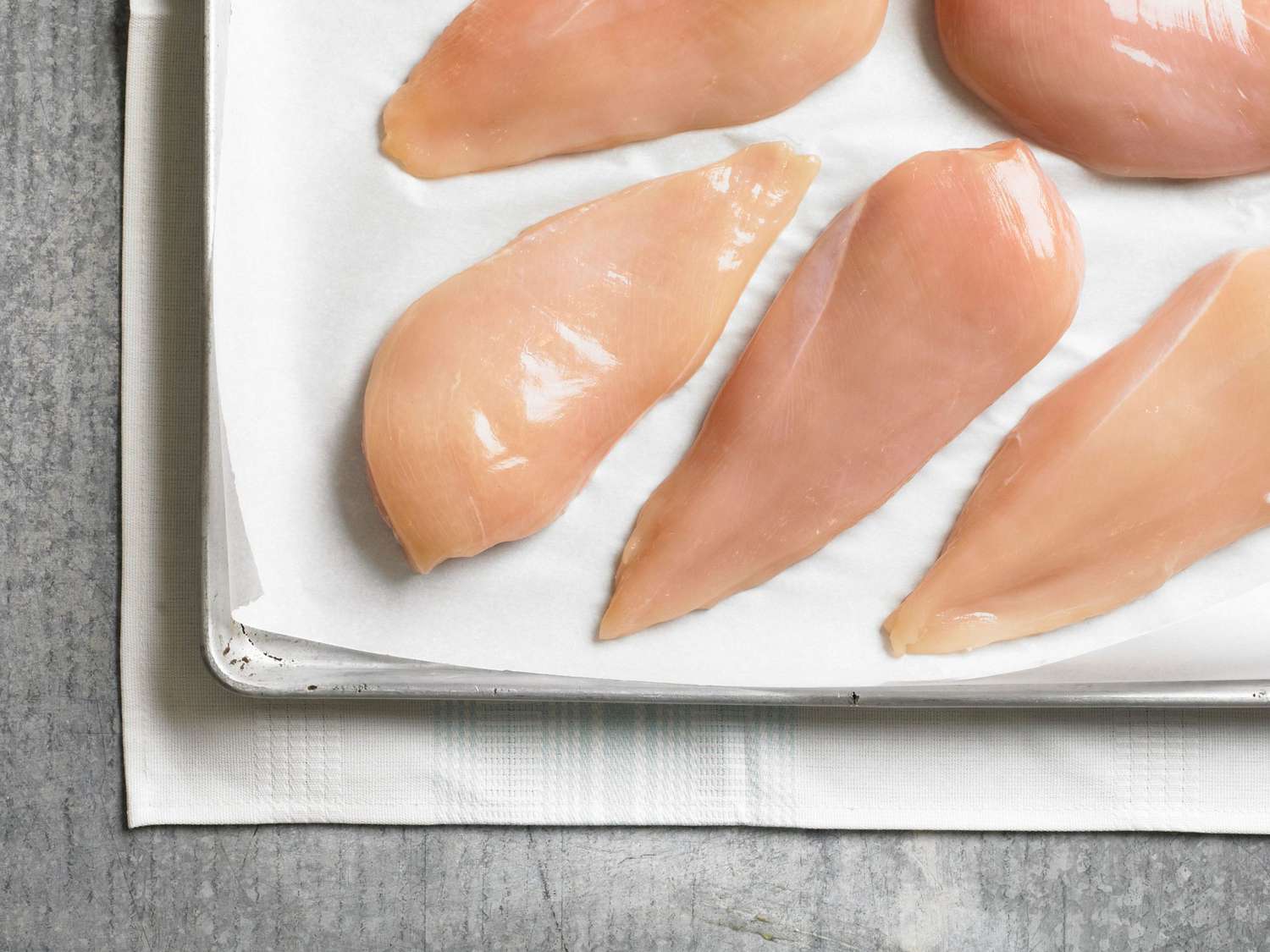
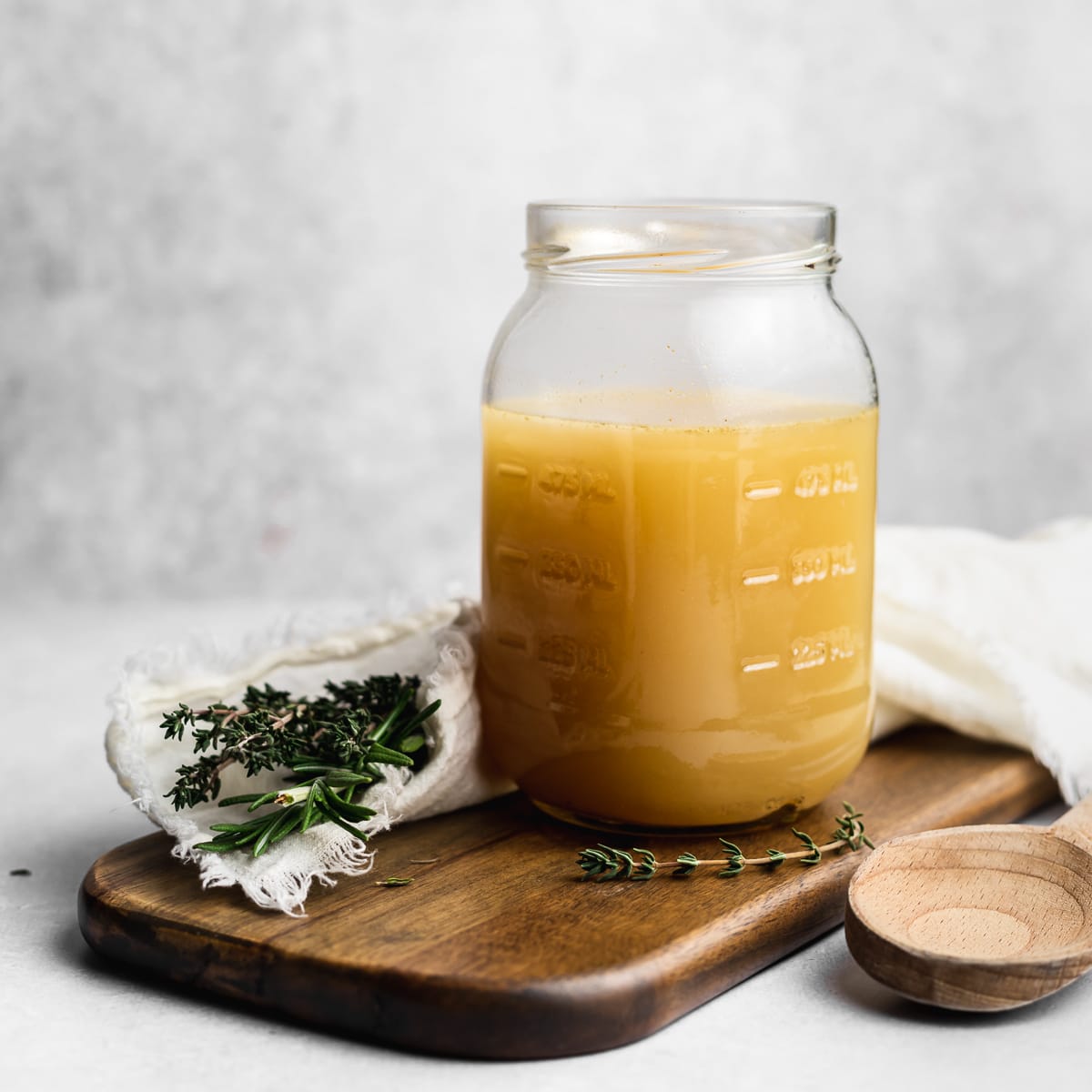
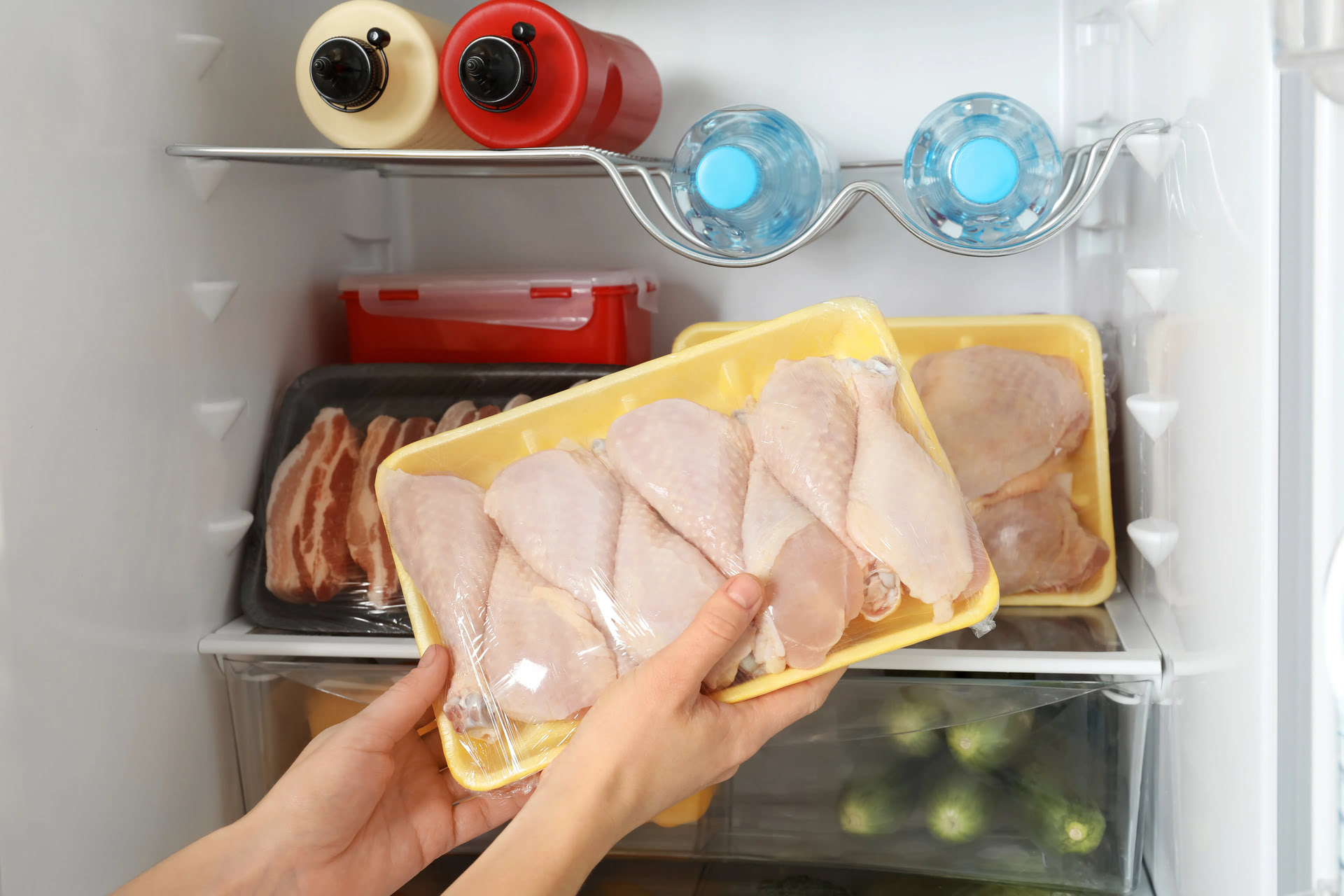
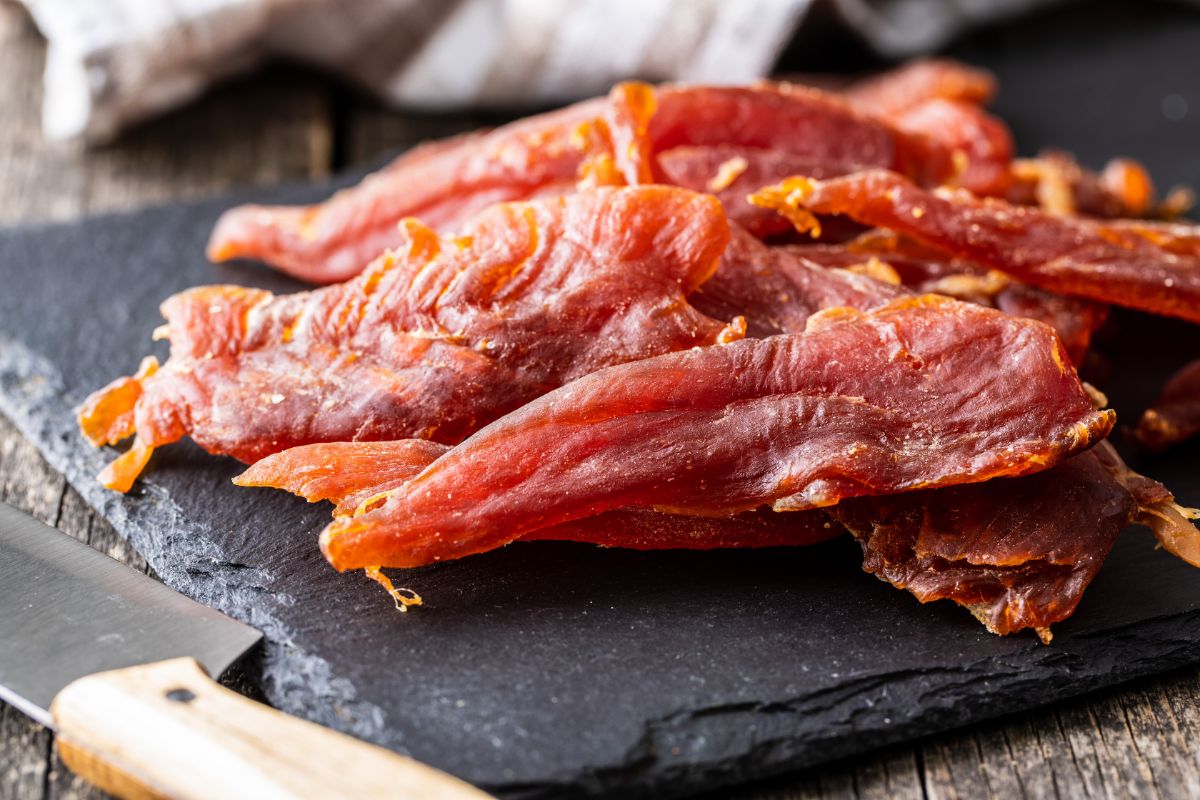
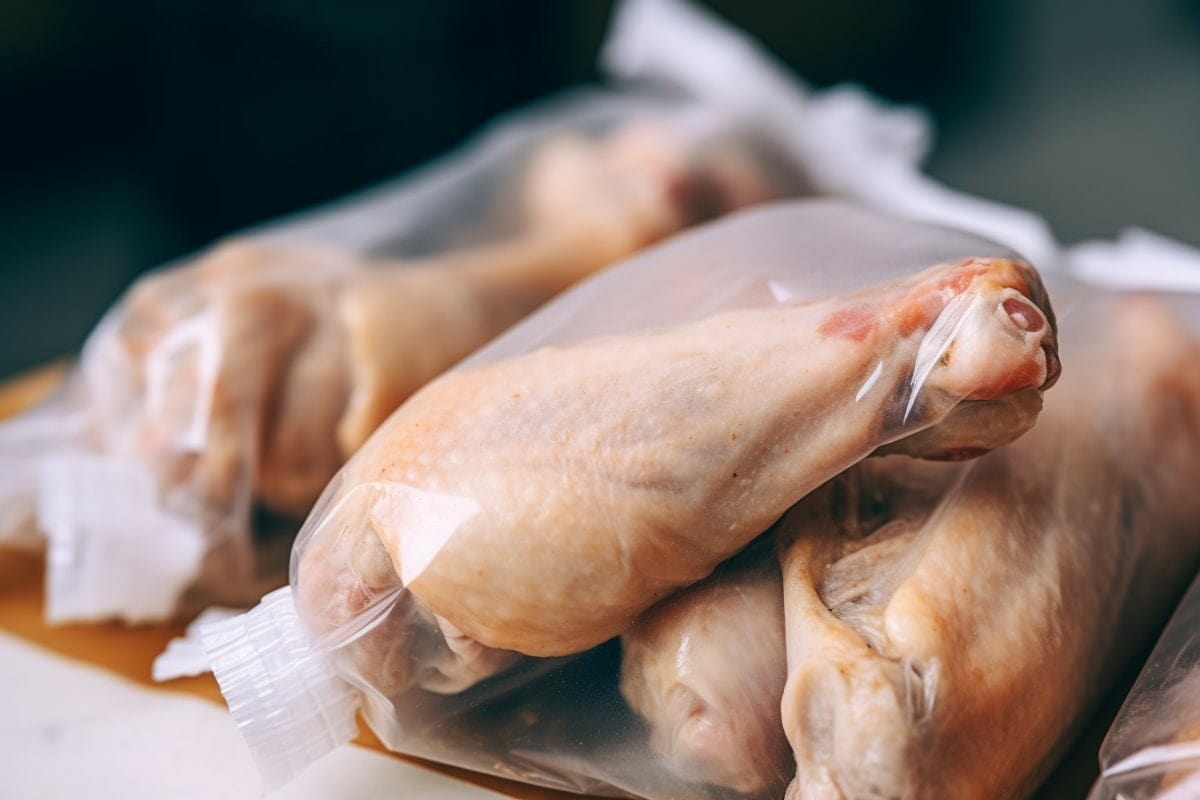
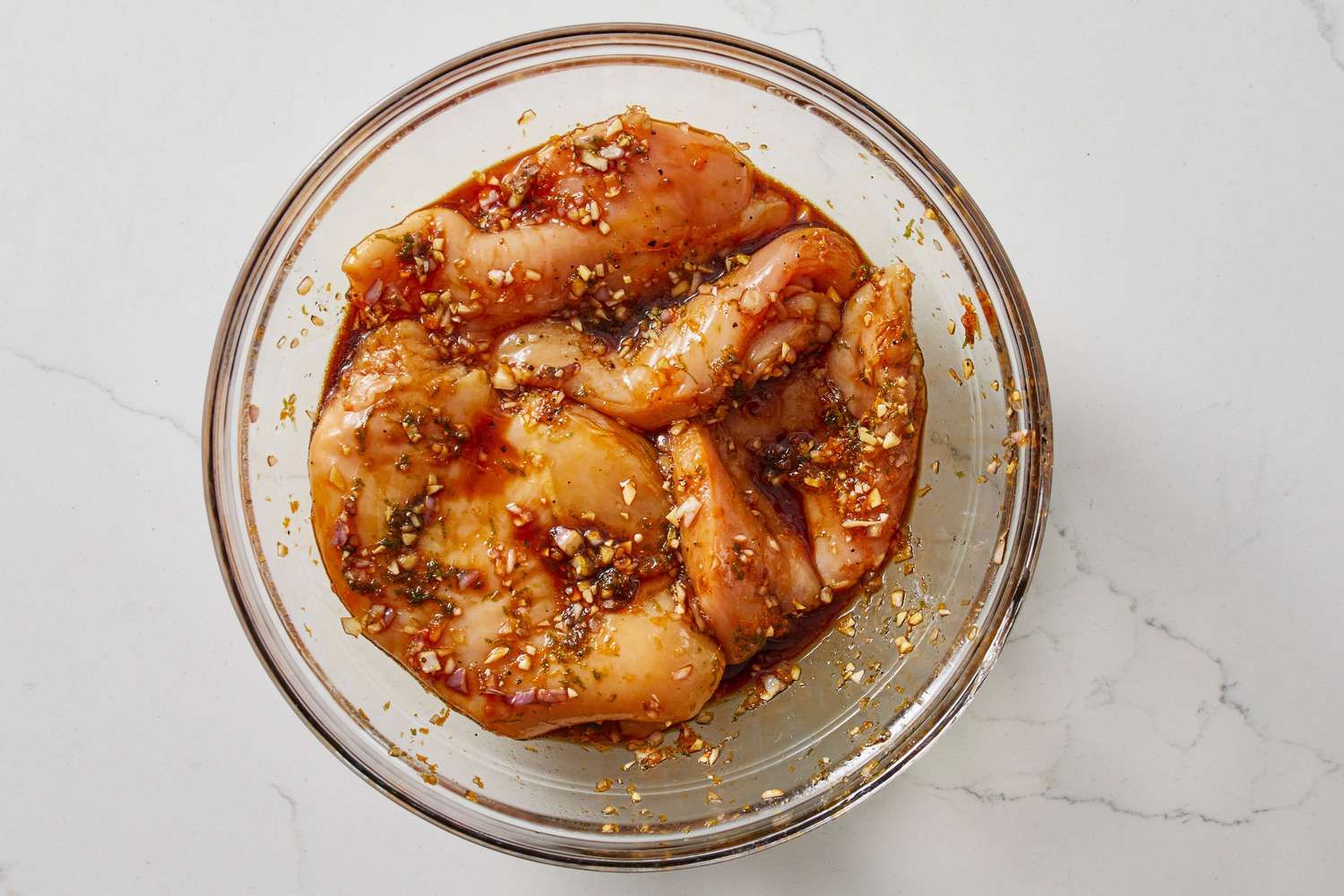
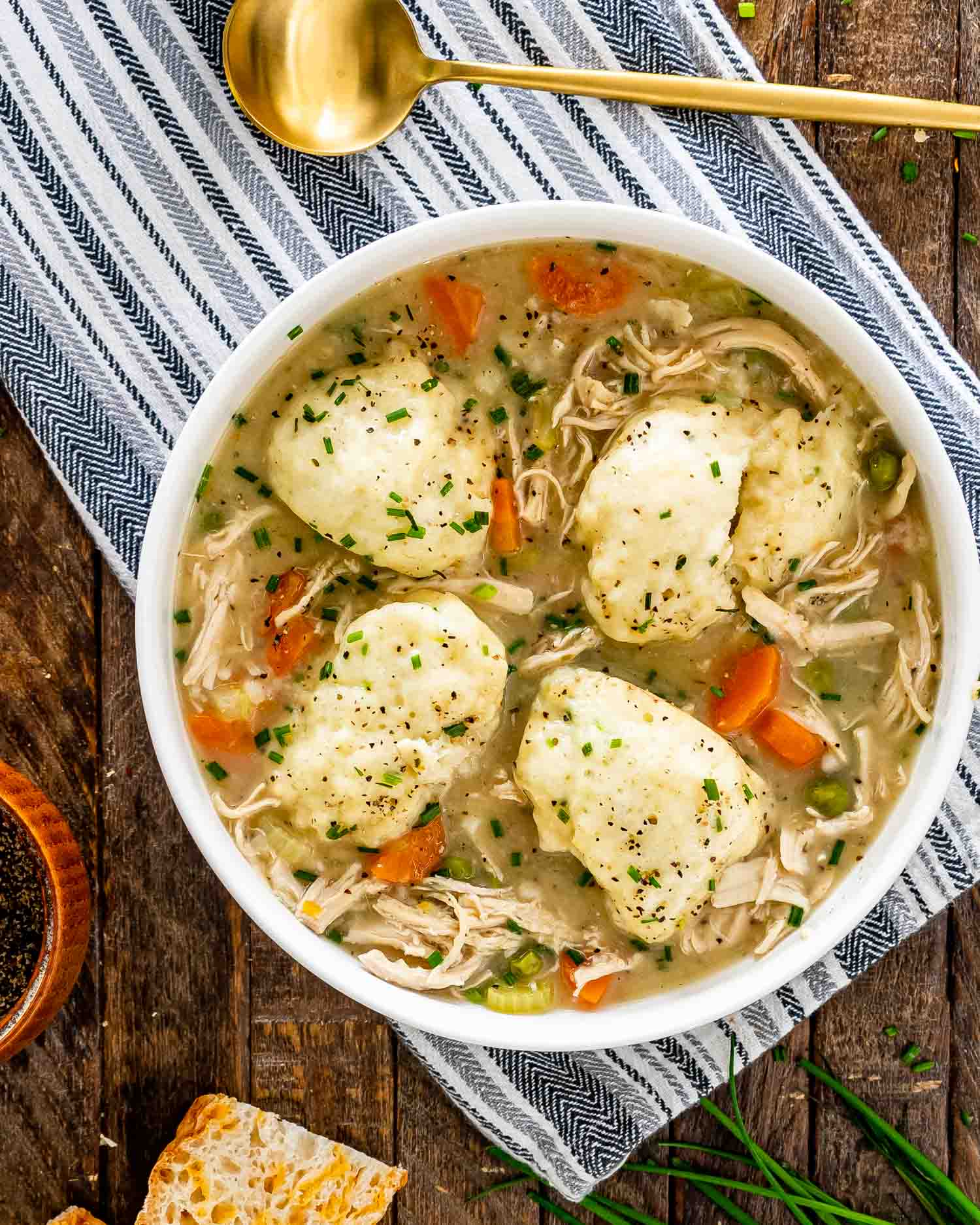
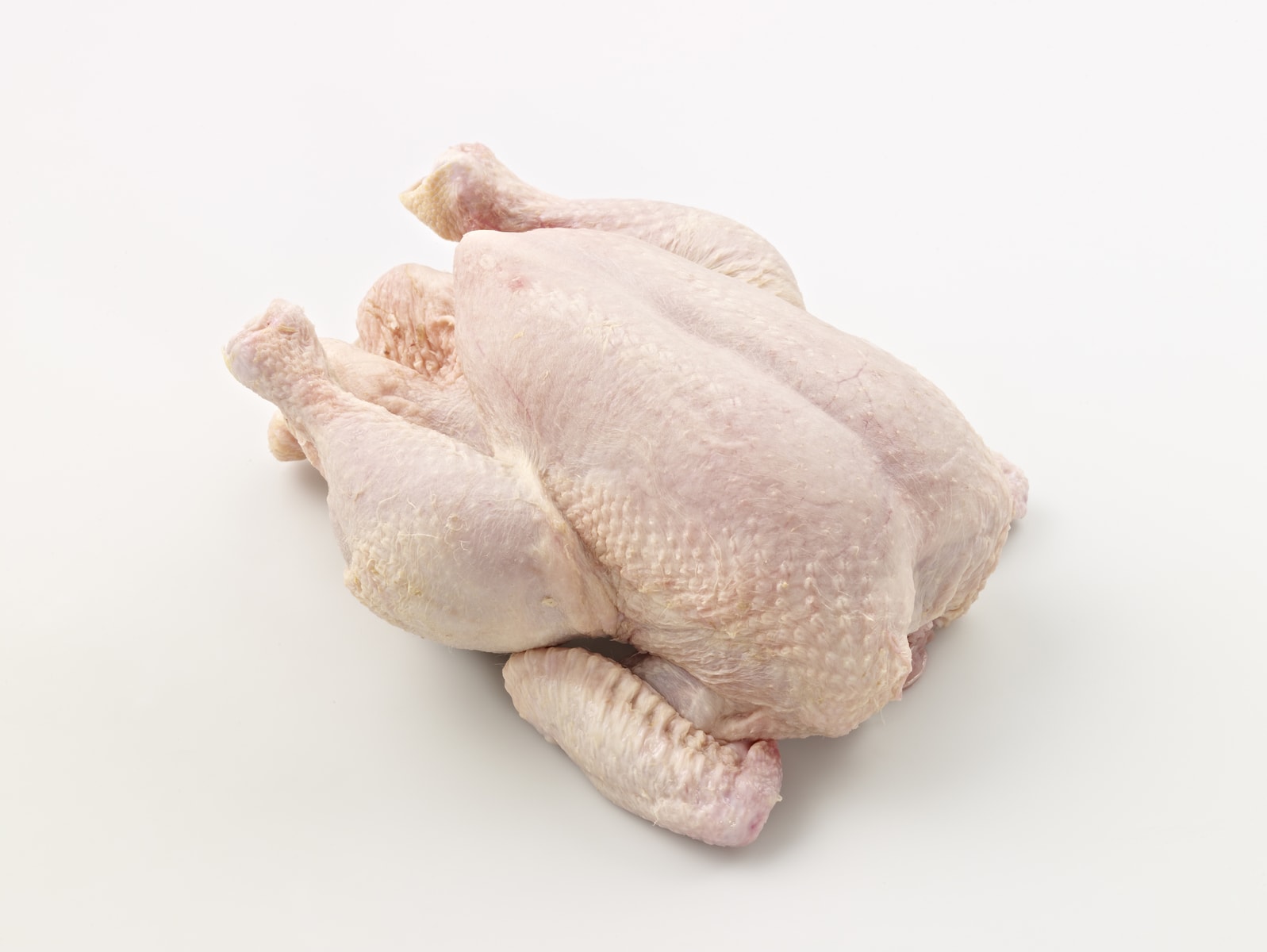
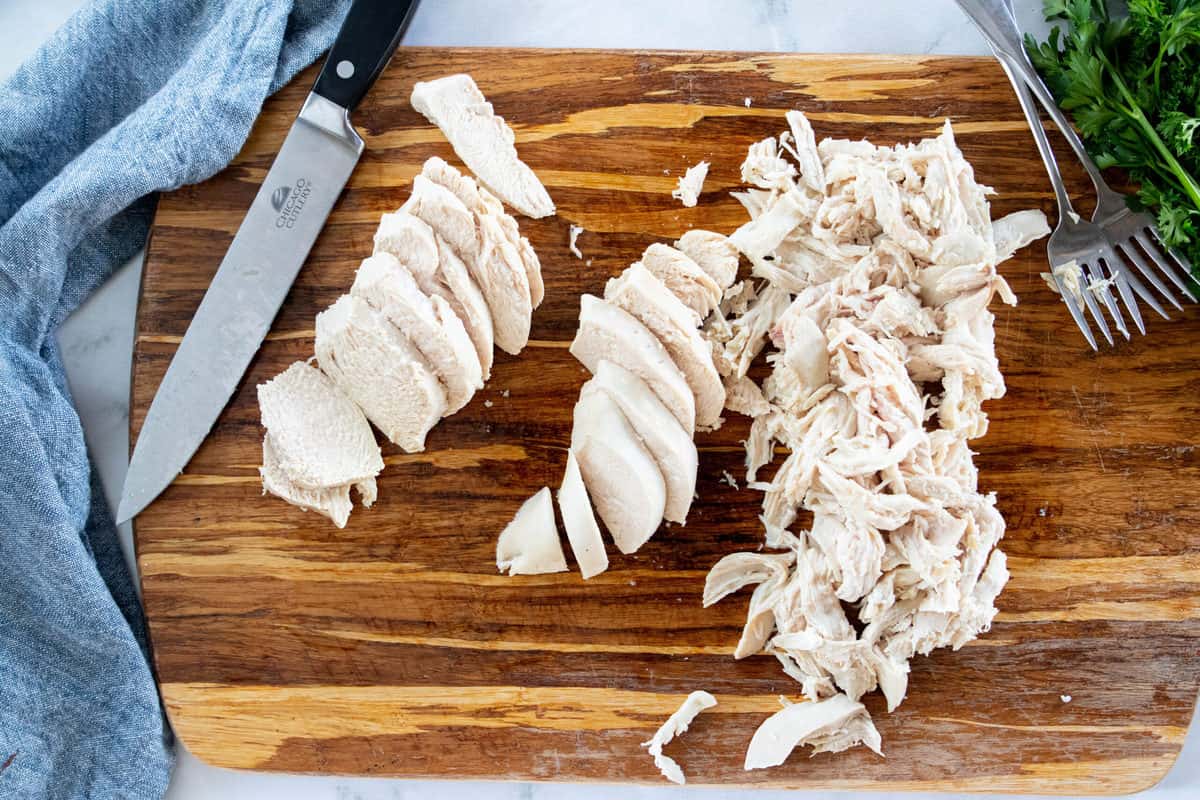
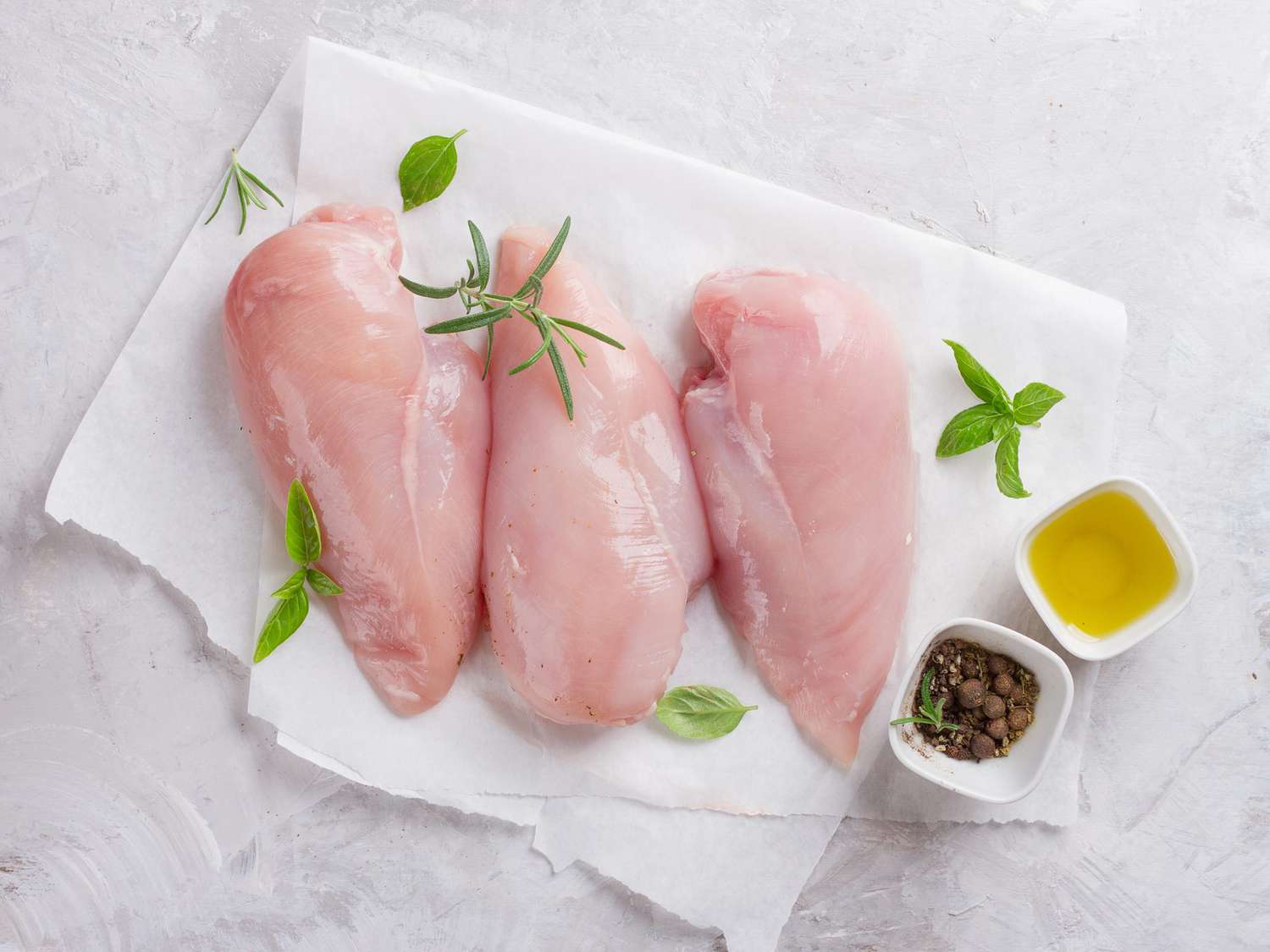
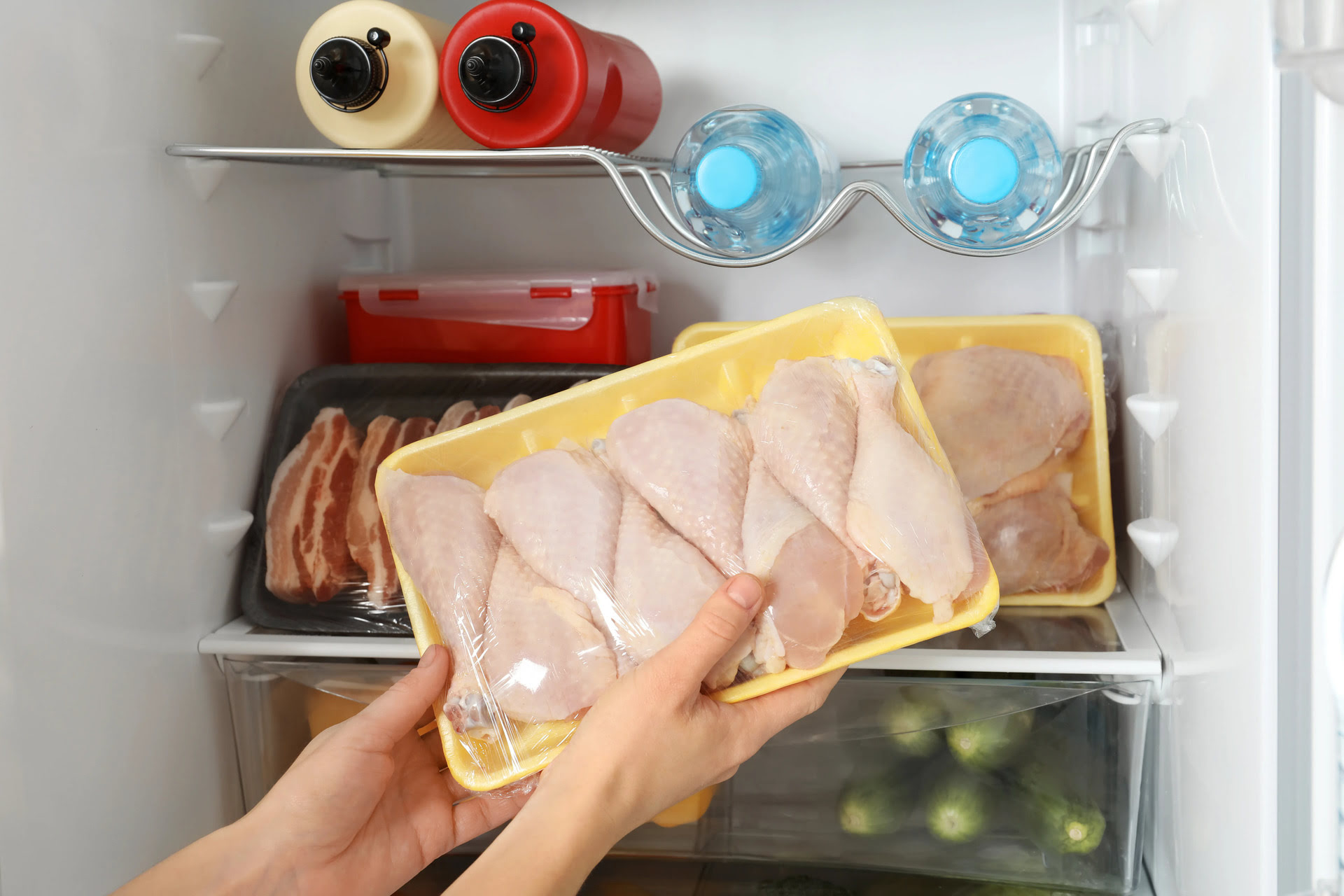
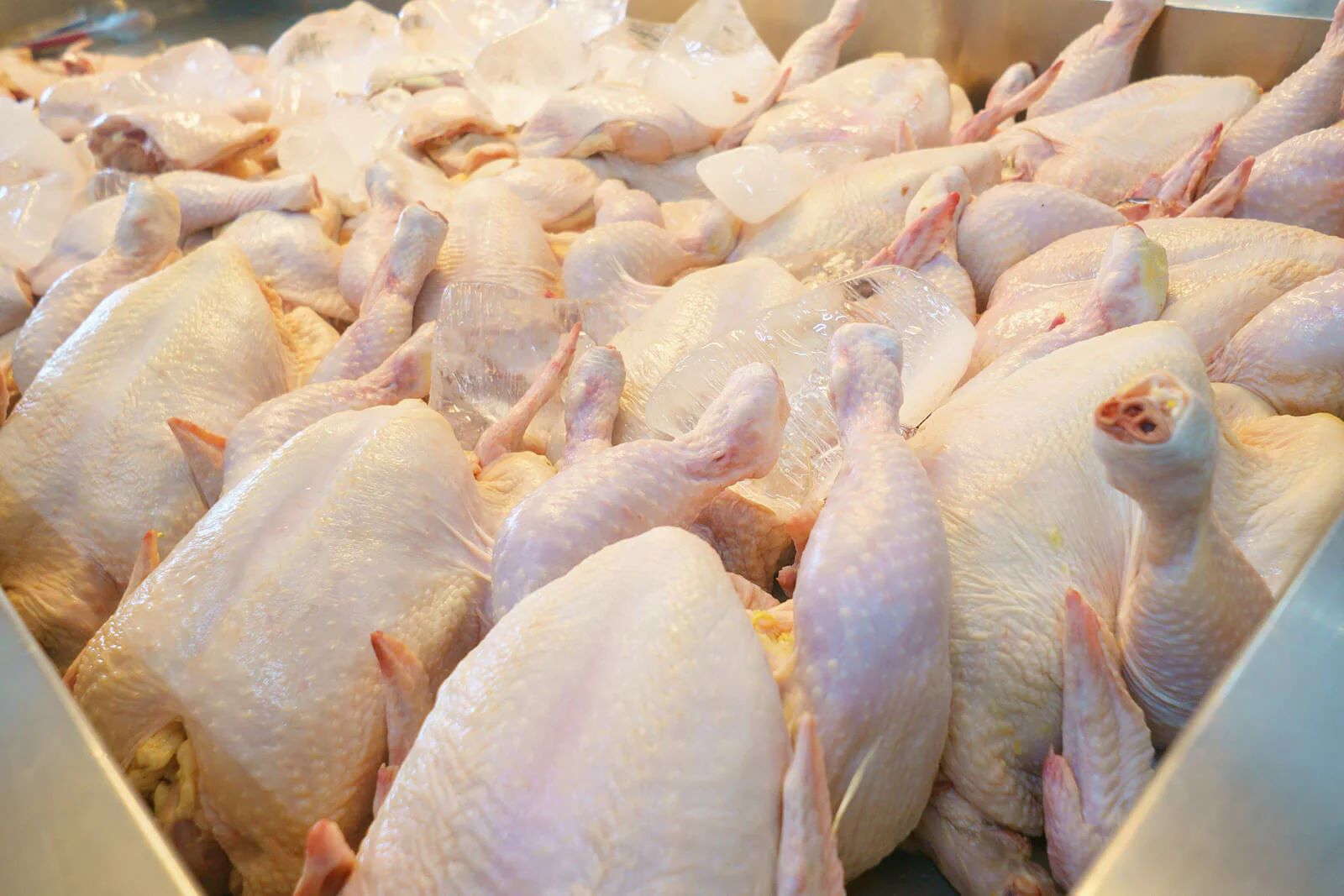
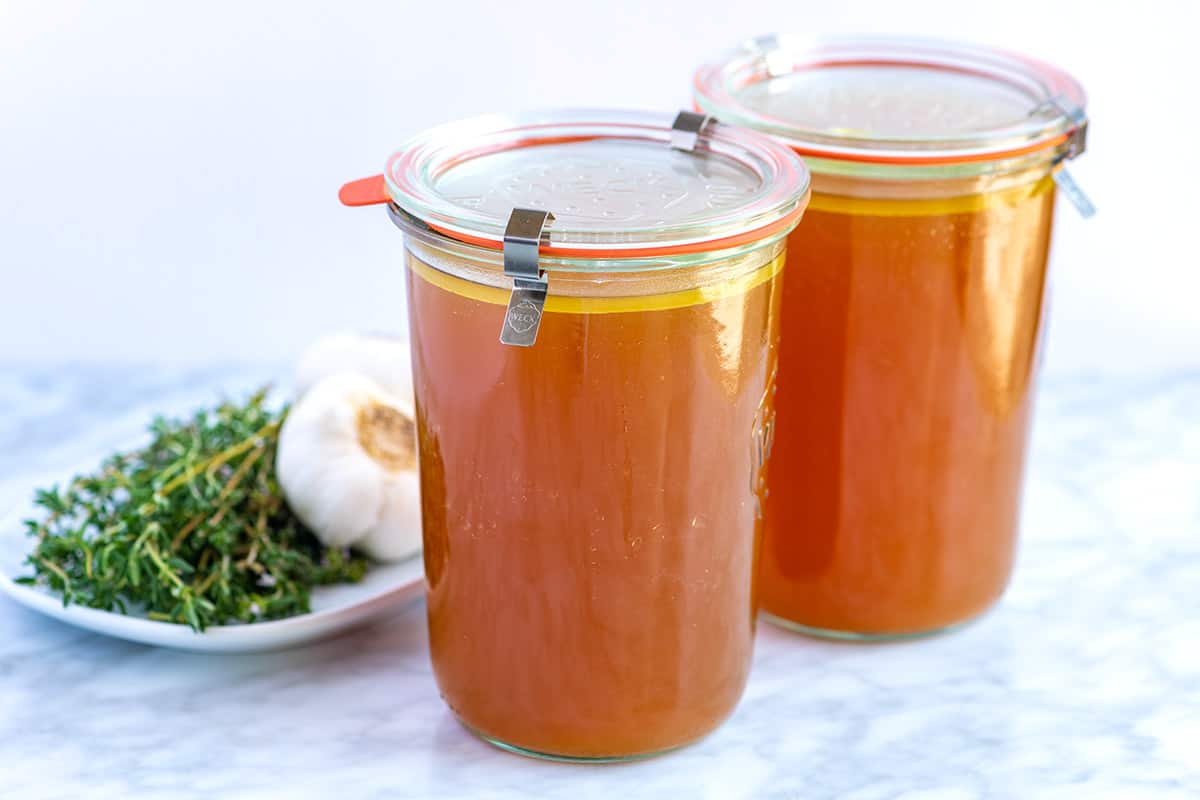
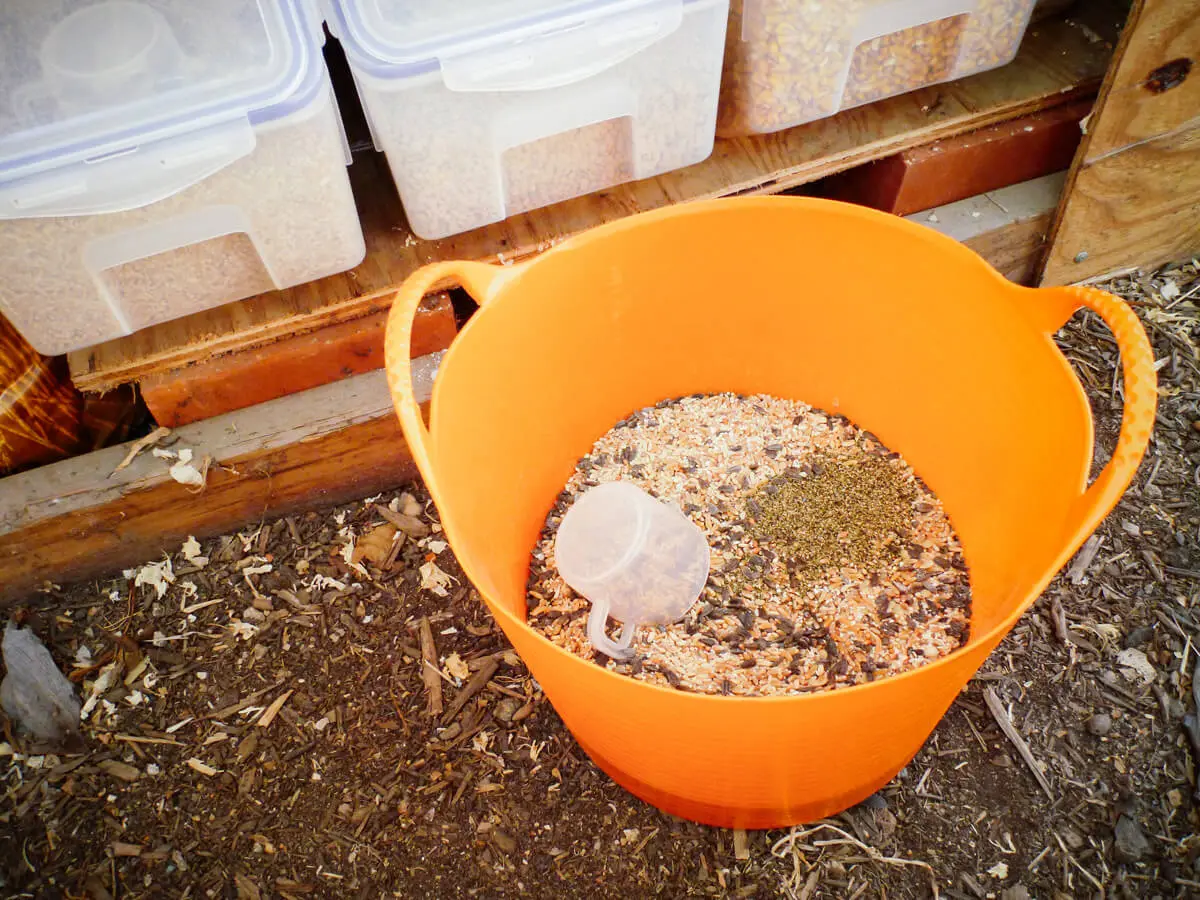

0 thoughts on “How To Store Open Chicken”